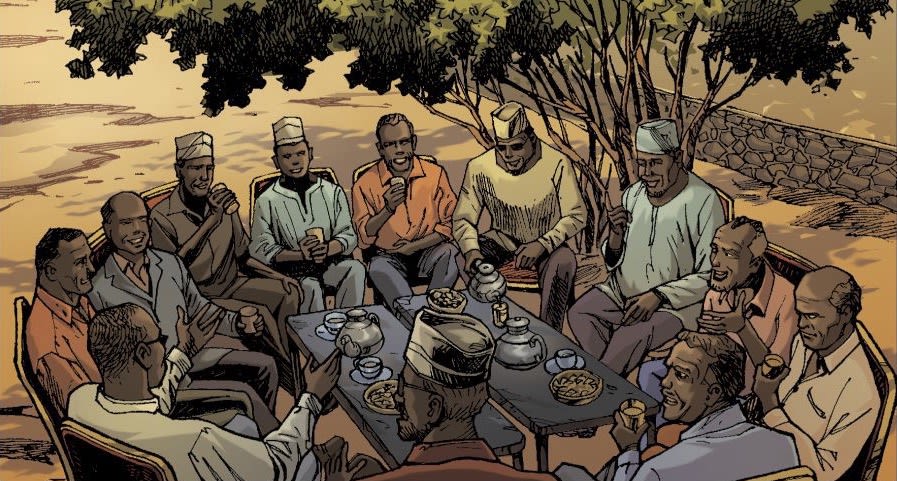
The Transformative Potential of Storytelling


In the TRANSFORM project, we learned that storytelling has transformative potential in a number of ways. For those who are asked to tell their story, the life story can have the important function of integrating disparate elements of life, giving order to and making sense of what happened. Telling one’s story to a respectfully listening audience can be healing and at the same time increase one’s awareness of one’s own perspectives and core motivations, thus creating a stronger sense of purpose.
"In our conversation, there are things that I am sure of, that I thought about before. But there are other things that maybe I took for granted in my head but with your questions it kicked them out and [I realize] ‘Ah, this is how I think’"
- Diala Brisly
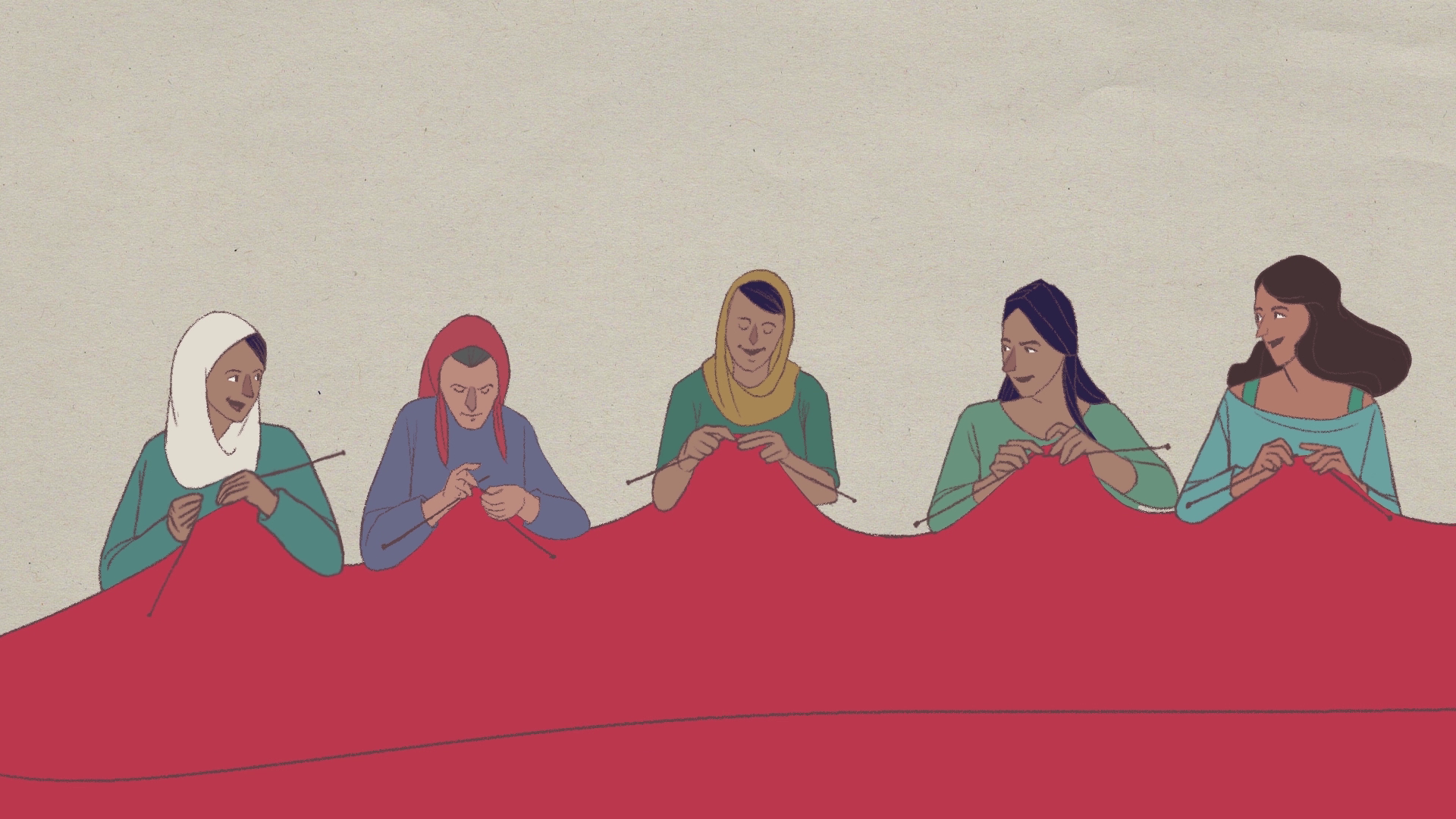
For those retelling that story – whether researchers through their writing or artists through their visual art – both hearing the story and working with it can be deeply transformative.
In the process of the research, shared learning took place that may impact how we carry out research, how local research assistants understand their history, or how artists engage. The stories as told through comics and animations can then go on to inspire audiences to engage in new ways.
In all of this we need to remember that storytelling is a central part in violent conflict and political repression as well, and that counter narratives become part of that contested landscape.
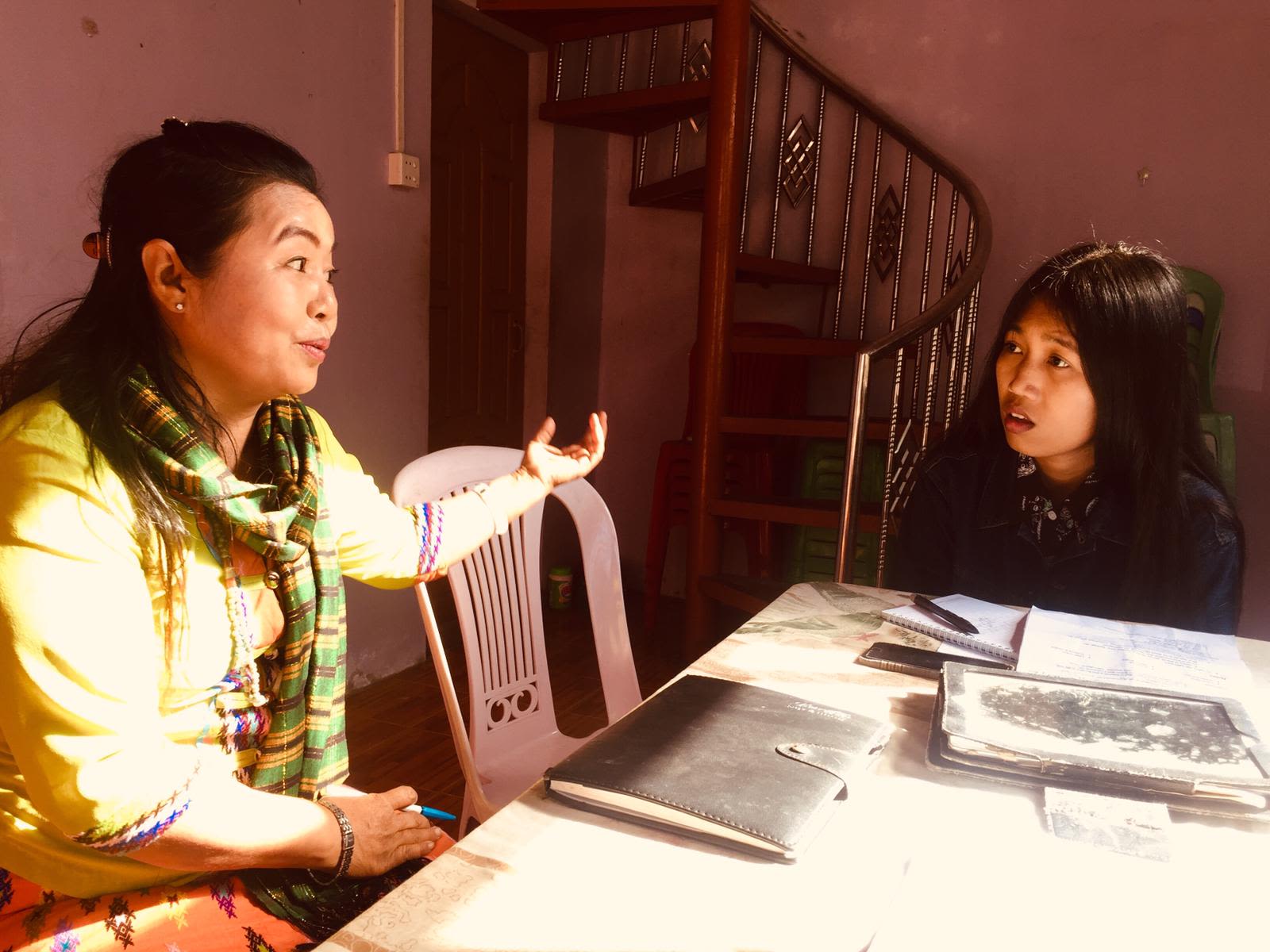
In Myanmar, the animation we created was aired on some of the leading media platforms in the country and had a wide reach nationally. For the young, urban Burmese artist Kue Cool, her artistic engagement with the story was transformational in creating awareness of the complex relations with various minorities in the country. She went on to use her creative talents and inspiration to contribute to the resistance movement of the 2021 coup. Listen to Kue Cool and Marte Nilsen talk about their work here.
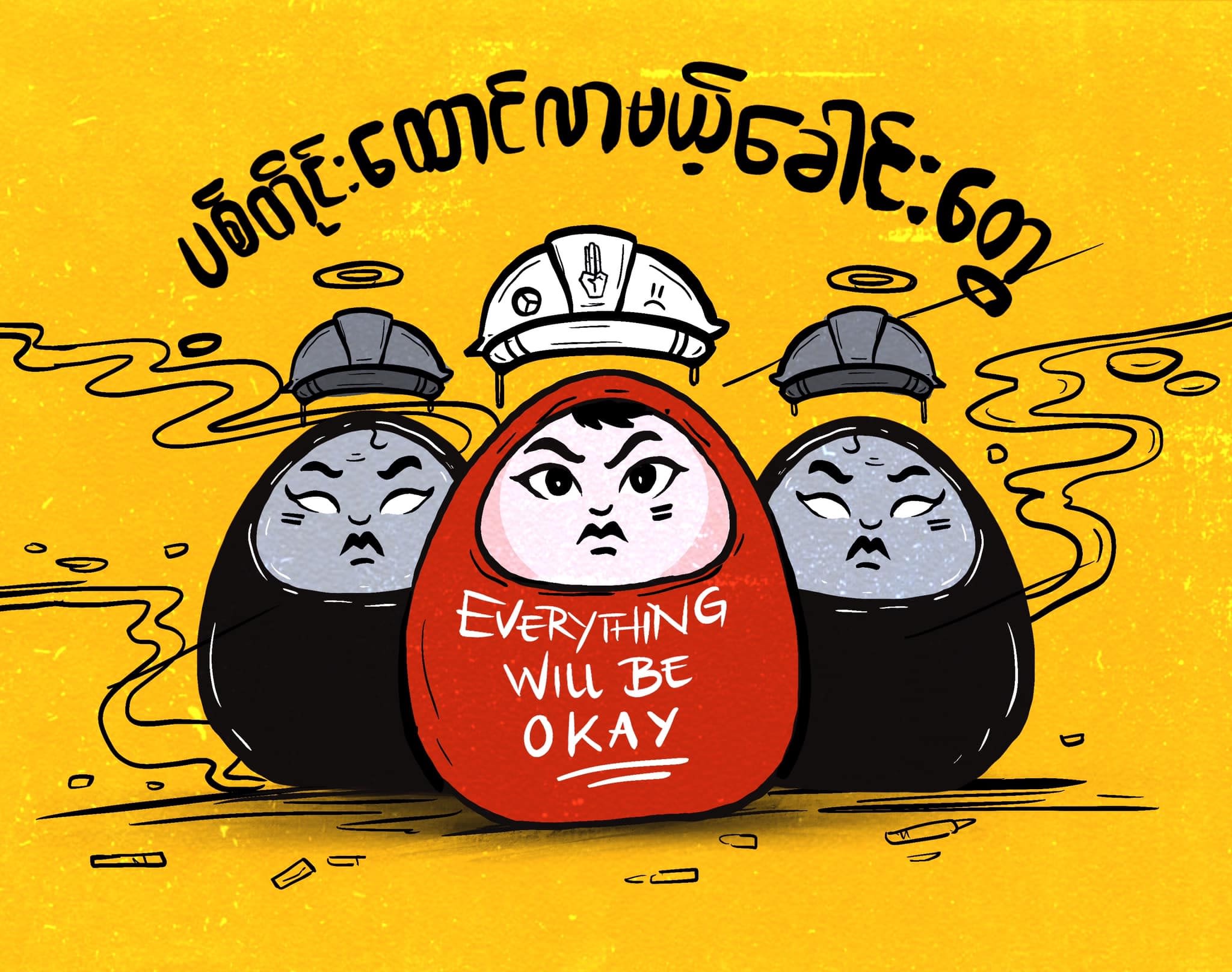
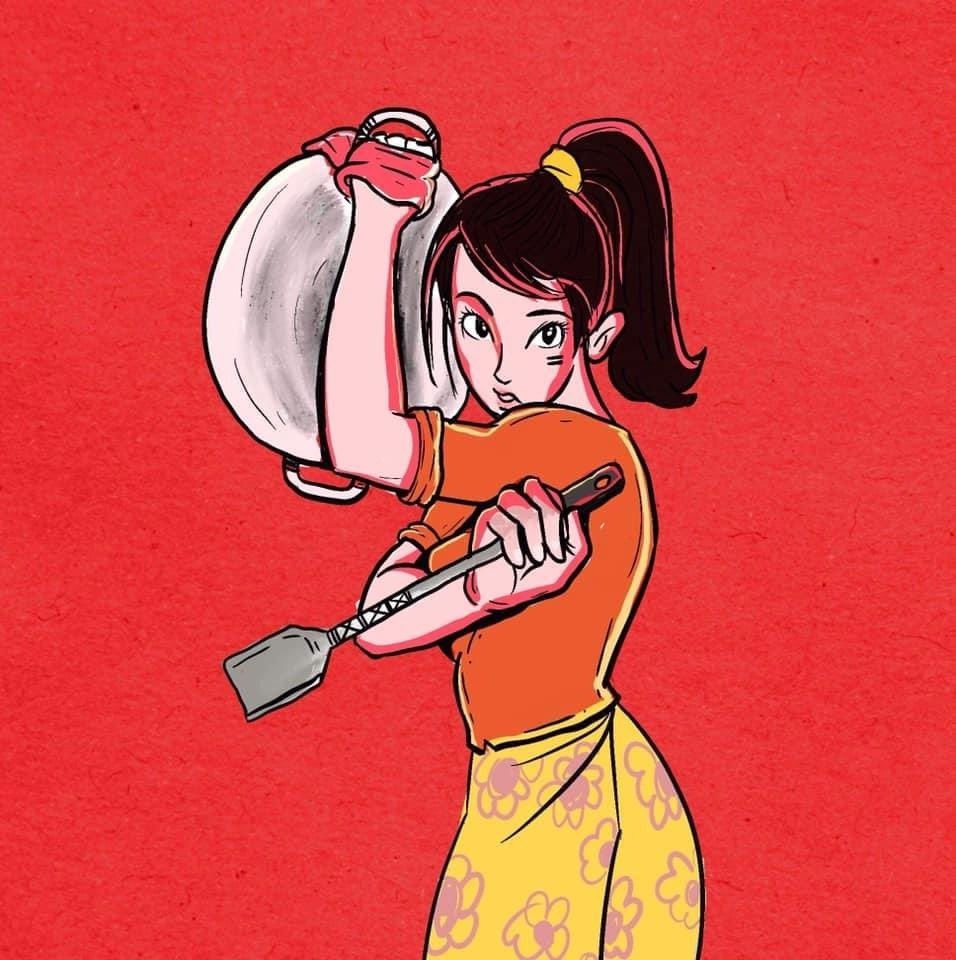
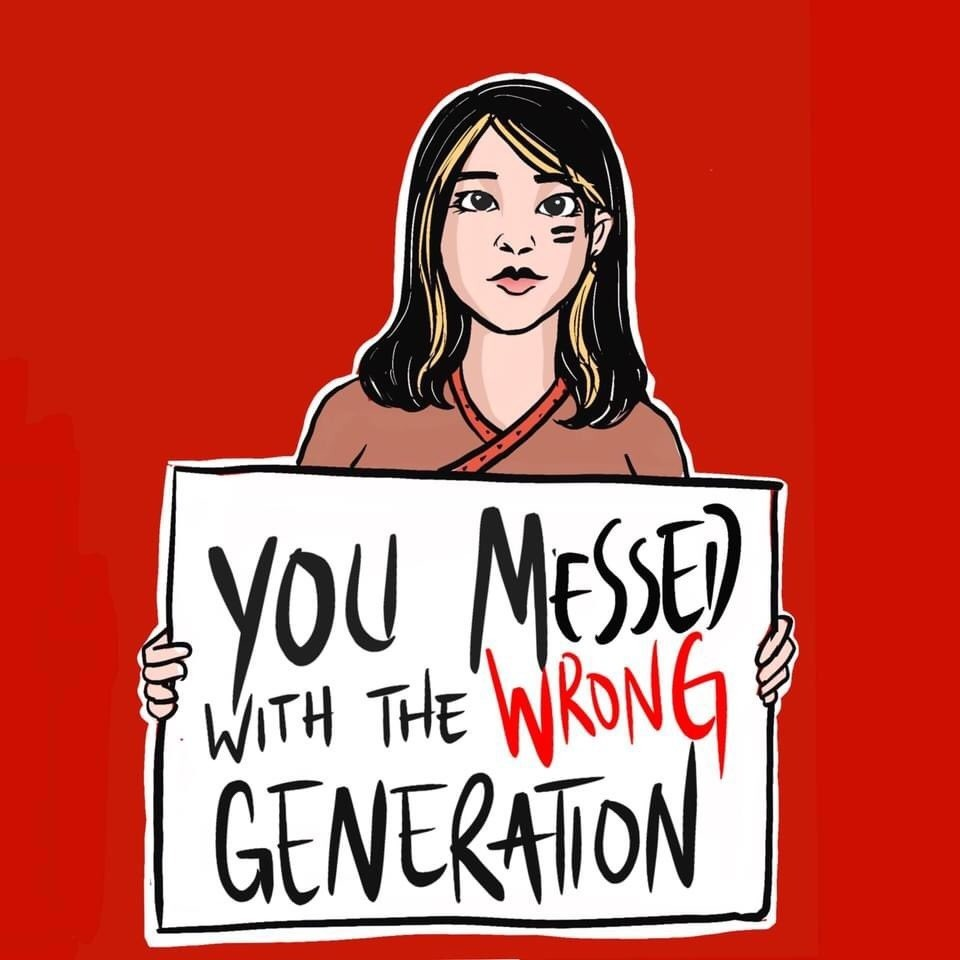
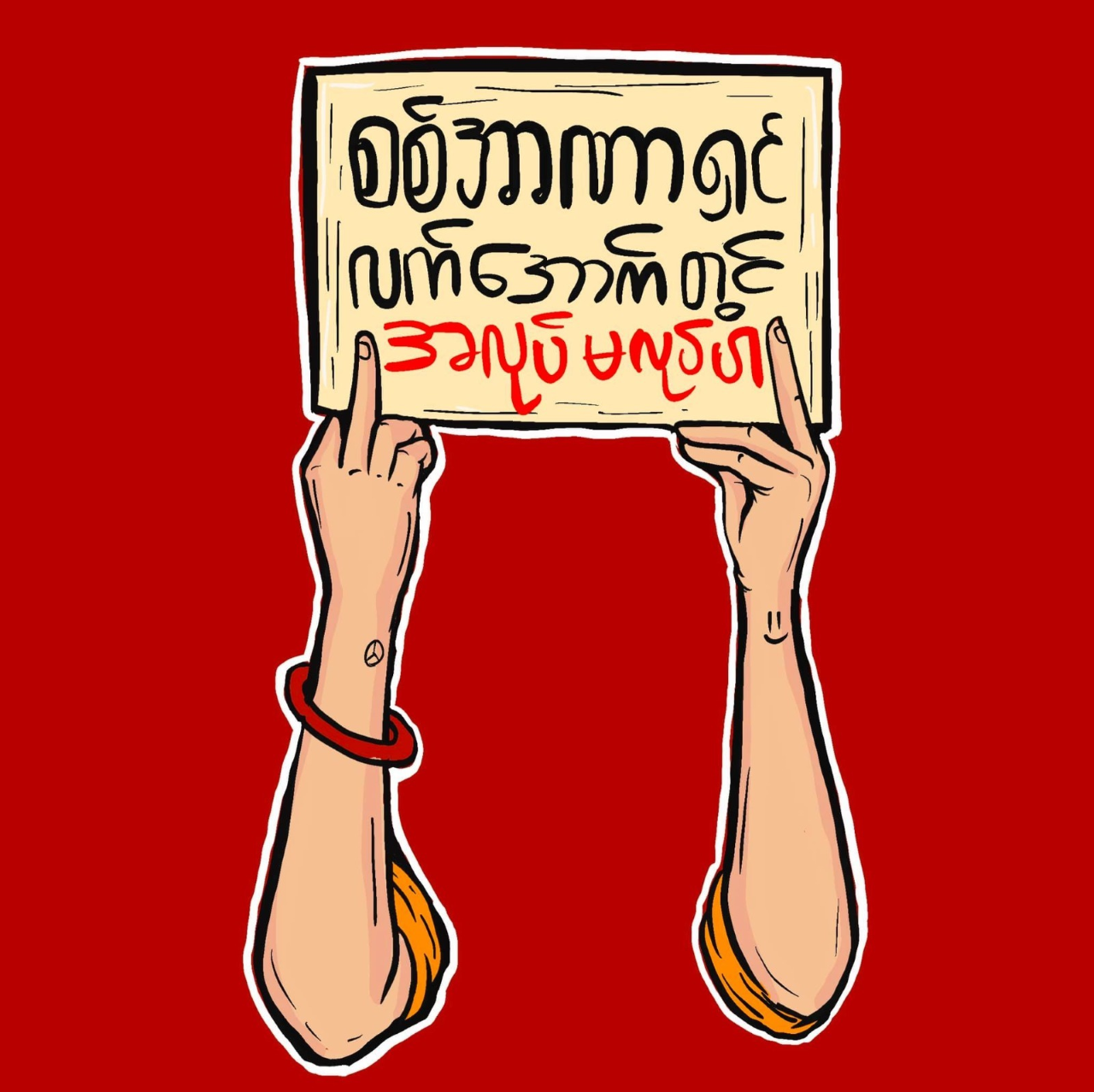
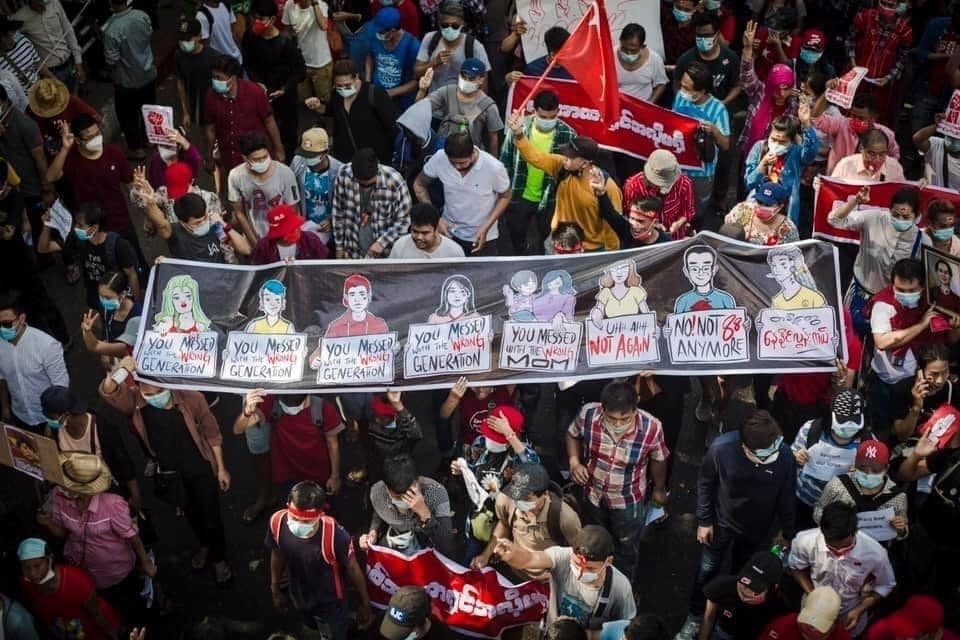
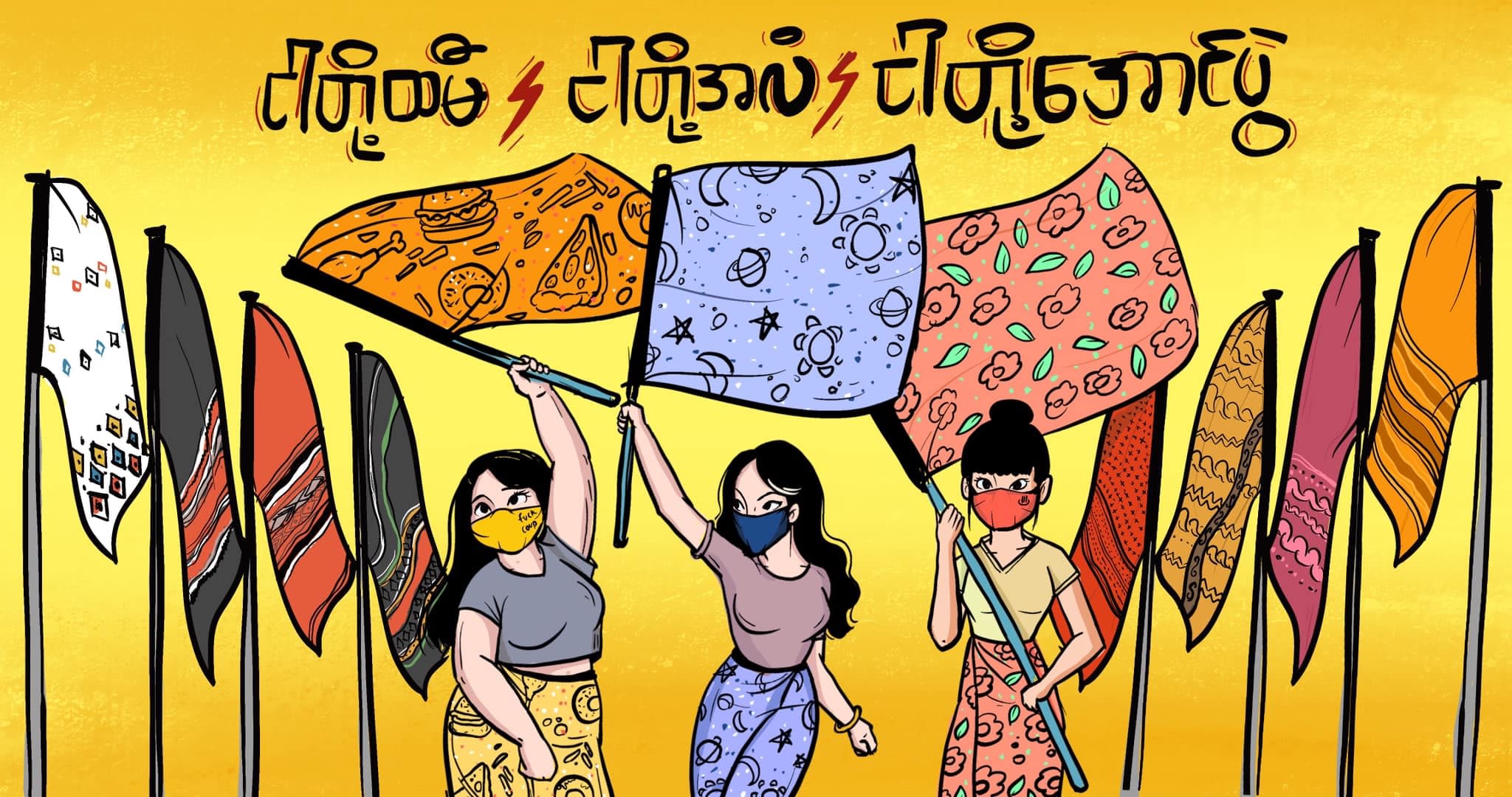






Somaliland
The research in Somaliland involved a group of young research assistants and artists in both documenting the Uffo story as well as representing it in various ways. Together with Star TV, a 13-episode TV series was created in which each of the core Uffo members was interviewed and his story was told from different angles to tell the larger story of the resistance to the dictatorship in Somalia in the 1980s and its relevance today.
Ebba Tellander, who has done the research for the Somaliland case explains in the PRIO blog post, Using a Comic to Tell the True Story of the Uffo Struggle for Justice in Somaliland:
"Inspired by the new insights, several of the research assistants started developing their own social activities within the educational sector. This illustrates how engaged researchers not only can contribute to social change through the findings and insights generated by their research, but also throughout the ripple effects of the research process itself and from the stories that are being illuminated".
"What is interesting about Uffo is their bravery and their love for their people and country which came first before everything else in their lives at that point. [...] In my generation, people lost a lot of their values and principles since the war and building life from scratch.
The way they don't separate people in terms of clans is a completely rare and wonderful trait that inspired me the most.
Uffo can be explained as national heroes, who chose death over their people being wronged or oppressed at a time when no one else dared to do anything. And who continued throughout the years to have the wellbeing of the country in their minds".
- Shukri Sagal Ali, research assistant
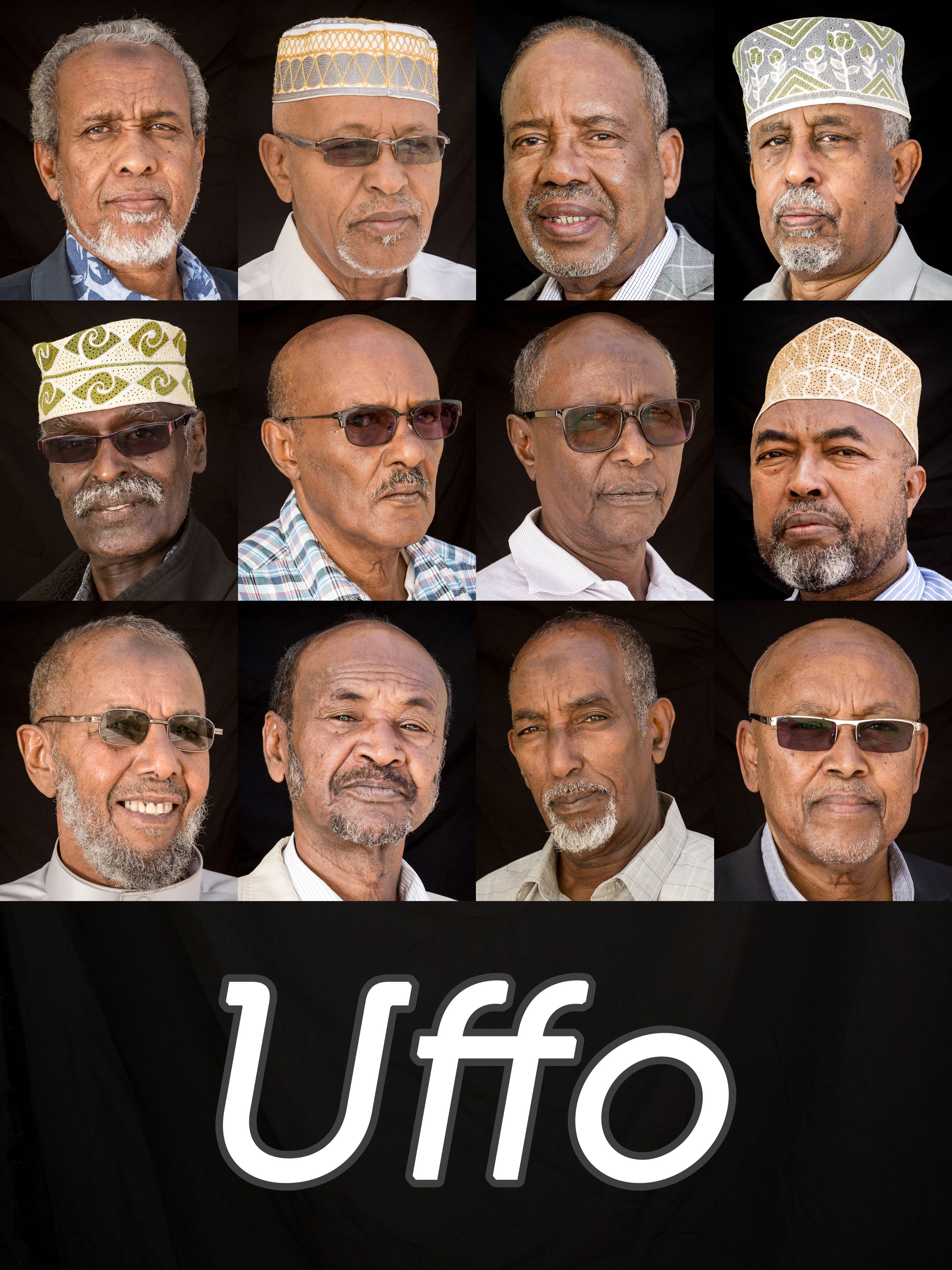
Promotion material for the Uffo TV show with portraits of 12 out of the 20 members of the Uffo group. Photo by Mustafa Saeed
Promotion material for the Uffo TV show with portraits of 12 out of the 20 members of the Uffo group. Photo by Mustafa Saeed

